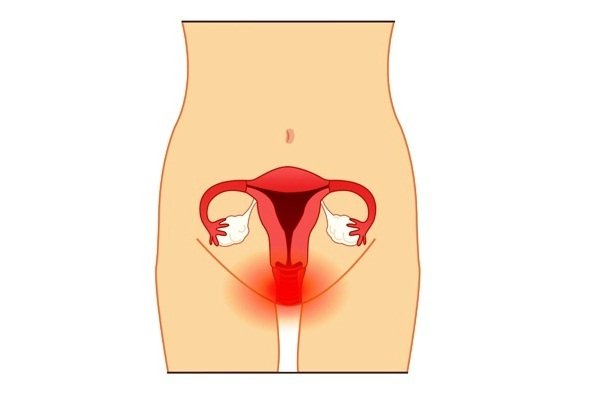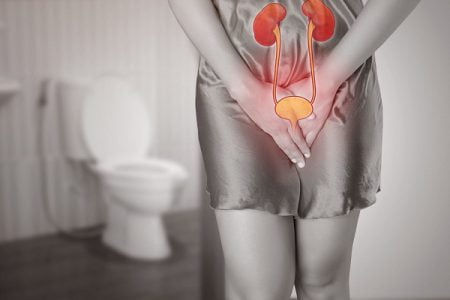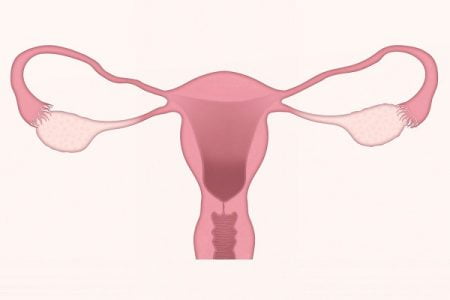What is Uterine Cancer?
Uterine cancer is the most common type of cancer that occurs in a woman’s reproductive system. Uterine cancer starts developing when healthy cells in the uterus change and grow out of control, and then form an abnormal mass called tumor. A tumor can be either cancerous or non-cancerous. Cancerous tumors are malignant and can spread to other parts of the body while non-cancerous tumors are benign, which means they can grow but generally do not spread to other tissues. Uterine cancer has two major types. One is adenocarcinoma, which makes up more than 80% of uterine cancers and generally develops from cells in the endometrium. It is therefore also called as endometrial cancer. Another type of uterine cancer is sarcoma. This type of uterine cancer usually develops in the supporting tissues of the uterine glands or in the uterine muscle and is called as myometrium.
The common symptoms of uterine cancer include foul smelling vaginal discharge which can be pus-like or blood-tinged, painful intercourse, pressure or pain in the pelvis, pain in the lower abdomen, back and legs, painful urination, and blood in the urine etc.
What are the Risk Factors for Uterine Cancer?
Women who get uterine cancer are more likely than other women to have certain risk factors. A risk factor is something which can increase the chance of developing the disease. Common risk factors for uterine cancer include:
- Being elder than 50 years of age
- Endometrial hyperplasia
- Using estrogen only without progesterone
- Being obese and having certain conditions like diabetes or high blood pressure
- Using tamoxifen for the prevention and treatment of breast cancer
- Having a colorectal cancer (inherited form)
- Having endometrial polyps or other non-cancerous growths of the uterine lining
- Infertility
- Never being pregnant
- Early menstruation before the age of 12
- Late menopause after the age of 50
What is the Survival Rate for Uterine Cancer?
Survival rates usually give us an idea about what percentage of people with the same type and stage of cancer are still alive after a certain amount of time (usually 5 years) after being diagnosed with cancer. Survival rates can’t tell us how long a person will live, but they may help us in understanding how likely it is that the cancer treatment will be successful.
Survival rates are basically estimates based on previous outcomes of large numbers of people who had a specific type of cancer, but they can’t forecast what will happen in any particular person’s case.
What is a 5-Year Relative Survival Rate of Uterine Cancer?
A 5 year relative survival rate is used to compare women with the same type and stage of uterine cancer to women in the overall population. For example, if the 5-year relative survival rate for a specific stage of uterine cancer is 90%, it means that women who have that cancer are on average about 90% as expected as women who don’t have that cancer to live for at least 5 years after being diagnosed.
The 5-year survival rate tells us about what percentage of women live at least 5 years after being diagnosed with a specific type of cancer. The 5-year survival rate in women with uterine cancer is 81%. Also the 5-year survival rates for white and black women with the uterine cancer disease are 83% and 62%, respectively. It has been found that black women are less likely to be diagnosed with early-stage uterine cancer disease, and their survival rates at each stage are very low.
In case of local uterine cancers (cancers confined to their origin), the 5-year survival rate is about 95% and approximately 69% of white women are diagnosed at this stage as compared to 54% of black women. However if the cancer has spread regionally, the 5-year survival rate is about 69% and if it is diagnosed after the cancer has spread into other areas of the body, then the survival rate is about 16%.
It is important to remember that statistics on the uterine cancer survival rate in women are just an estimate which comes from annual data based on the number of women with uterine cancer in the United States. Besides, experts measure the survival statistics every 5 years. The estimates do not show the results of better diagnoses or treatments available for less than 5 years.
Different factors influence a patient’s decision to receive treatment of uterine cancer. The purpose of receiving uterine cancer treatment is to improve symptoms through local control of the cancer, increase a patient’s chance of cure, and also prolong a patient’s survival. The potential benefits of receiving uterine cancer treatment should be carefully balanced with the potential risks of receiving cancer treatment.







